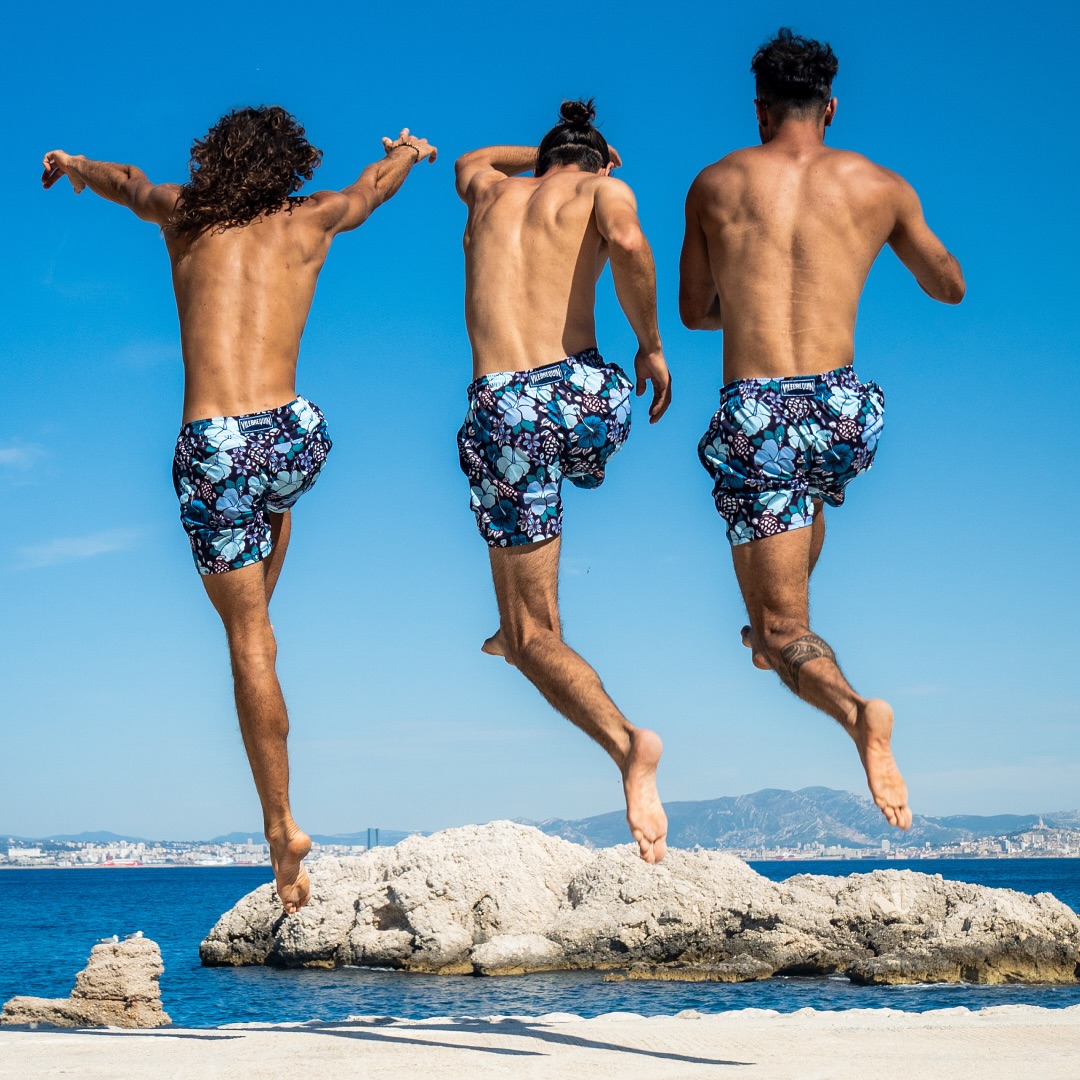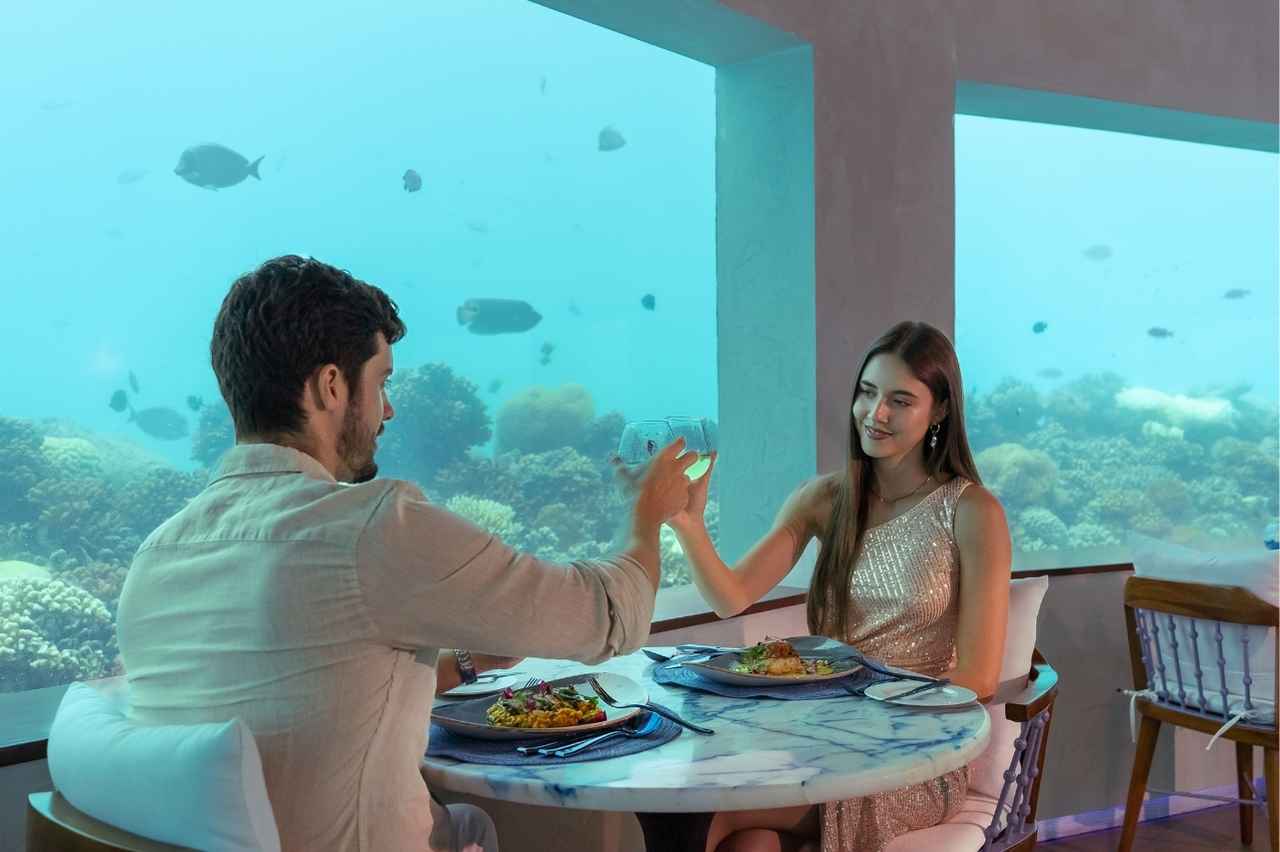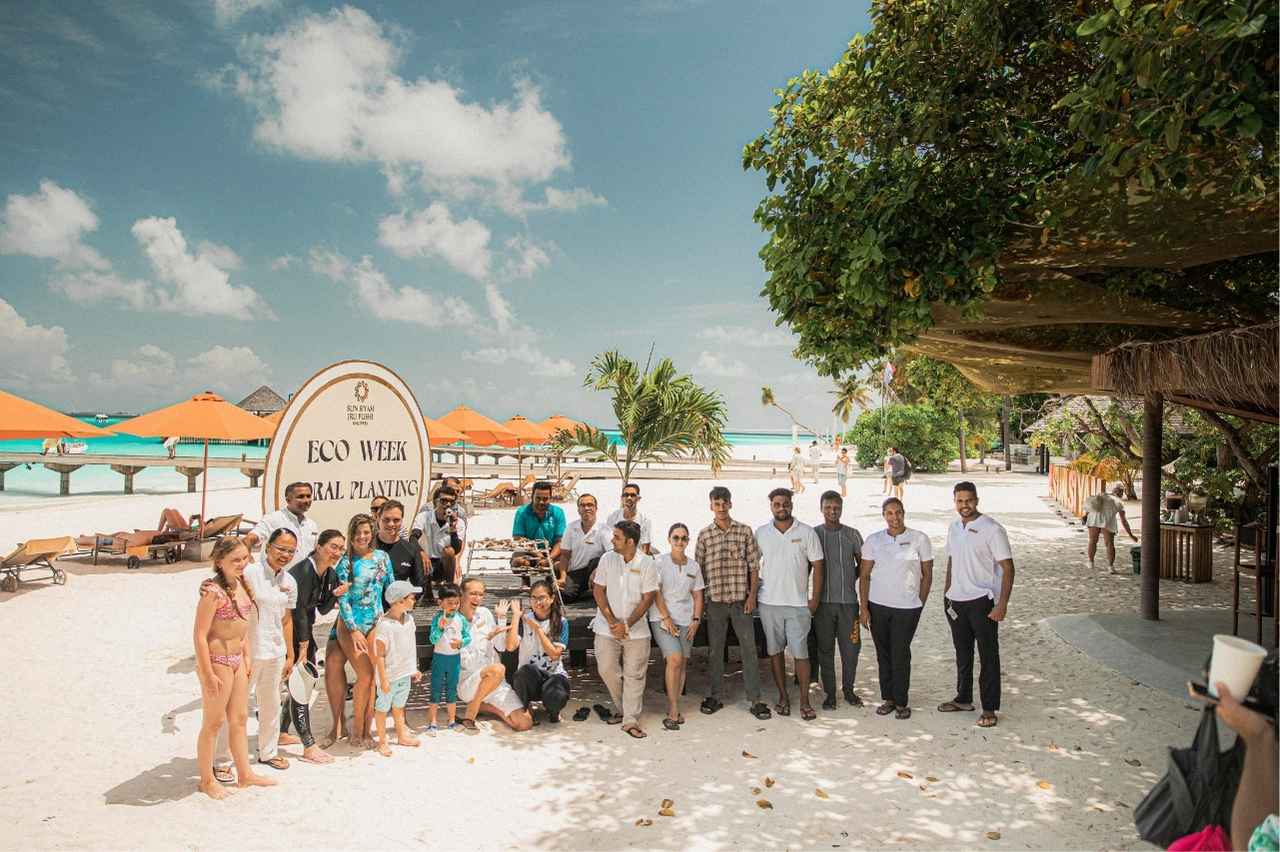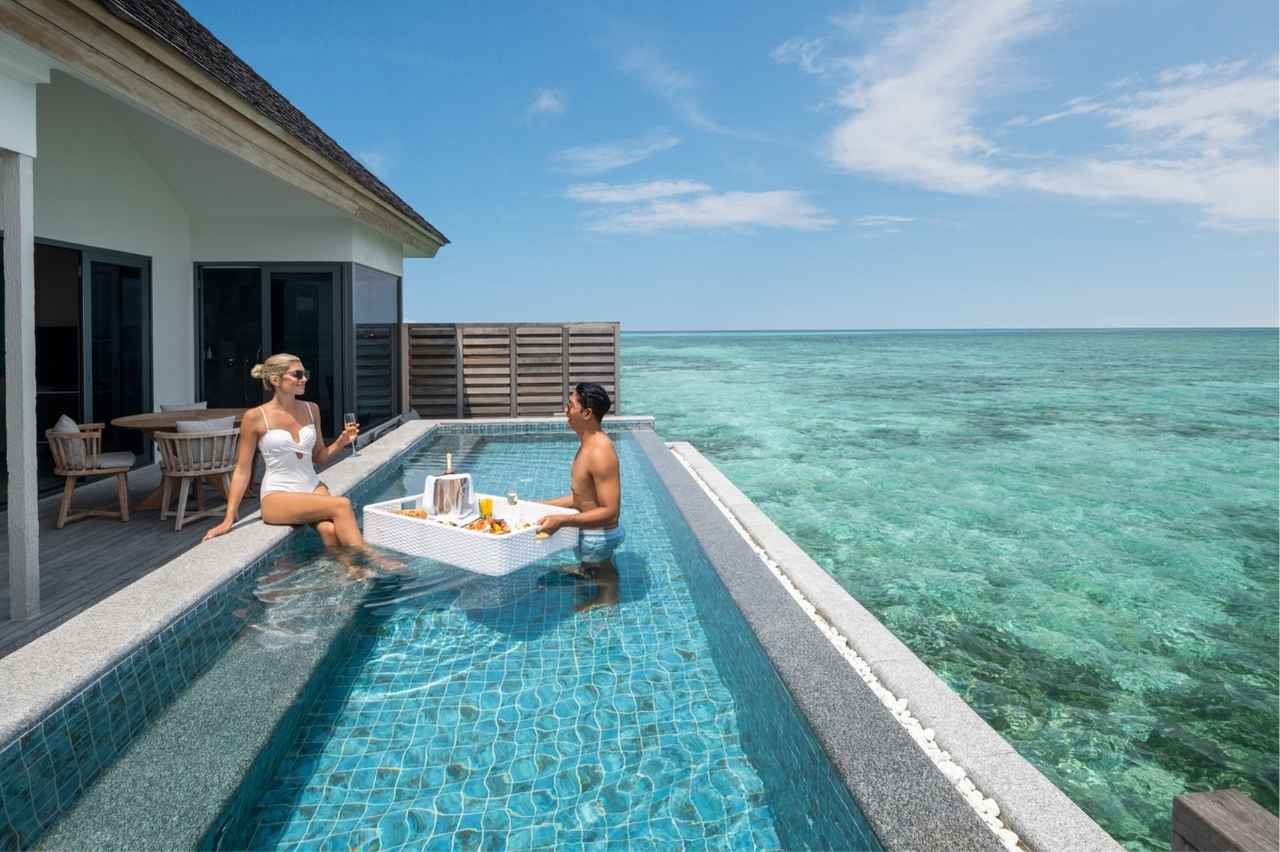Maldives is more than just a destination—it’s a tropical escape where turquoise waters, white sands, and luxury resorts set the stage for unforgettable memories. In a place so breathtaking, your beachwear should reflect the surroundings, blending comfort, style, and functionality. Whether you prefer bold prints, elegant tailoring, or eco-conscious designs, these 10 beachwear brands for men are ideal for elevating your Maldives experience.
Vilebrequin: Iconic Elegance Meets Coastal Sophistication
Born in the heart of Saint-Tropez, Vilebrequin has become synonymous with luxury beachwear. Renowned for its vibrant prints, premium fabrics, and impeccable craftsmanship, this brand offers swimwear that effortlessly transitions from sunbathing on a private deck to enjoying fine dining at your Maldives resort.
So why Vilebrequin? Perfectly tailored designs, timeless patterns, and a heritage of sophistication make this brand a top choice for the Maldives.
Orlebar Brown: Tailored Beachwear for Any Occasion
Orlebar Brown revolutionized men’s swimwear by combining tailored designs with versatile functionality. As a result, their swim shorts are stylish enough to wear beyond the beach, allowing for seamless transitions from snorkeling in lagoons to cocktails at a beachfront bar.
So why Orlebar Brown? High-quality materials, tailored fits, and timeless aesthetics are perfect for the Maldives’ luxury lifestyle.
Kenny Flowers: Playful Patterns for Tropical Adventures
Kenny Flowers brings bold colors, tropical prints, and a sense of fun to your beachwear. In fact, this brand’s vibrant energy matches the Maldives’ tropical vibe, and their matching sets allow couples and friends to coordinate stylishly for those Instagram-worthy moments.
Why Kenny Flowers? Quirky, adventurous designs that celebrate the joy of being in paradise.
Tom Ford: Understated Luxury by the Sea
Tom Ford is synonymous with luxury and refinement. Their minimalist swimwear, crafted from premium materials, exudes elegance. In addition, pair their sleek swim shorts with a linen shirt, and you’ll look effortlessly polished, whether lounging by the pool or dining at a Maldives resort.
So why Tom Ford? Sophisticated, high-quality swimwear that perfectly complements the Maldives’ upscale ambiance.
Missoni: Vibrant Italian Craftsmanship
Missoni’s iconic zigzag patterns and artistic use of color make their swimwear a standout choice. Designed with luxurious fabrics and bold aesthetics, Missoni is ideal for those who want to make a statement while exploring the Maldives’ stunning beaches and yacht excursions.
Why Missoni? Artistic Italian style that blends effortlessly with the Maldives’ vibrant scenery.
Vuori: Sustainable Beachwear for Eco-Conscious Travelers
Vuori offers swimwear crafted from recycled materials, combining performance with sustainability. Lightweight and breathable, their designs are perfect for enjoying a full day of water sports or relaxing on a secluded beach.
Why Vuori? Eco-friendly, comfortable, and versatile—ideal for the Maldives’ tropical climate.
Stone Island: Durable Swimwear for Active Travelers
Stone Island merges technical innovation with style, offering swimwear that’s perfect for adventure. Known for their durable materials and sleek designs, these swim shorts are ideal for exploring the Maldives’ lagoons, snorkeling, or indulging in adrenaline-packed water sports.
Why Stone Island? Practical, stylish, and built for active beachgoers.
Nautica: Classic American Beachwear with Modern Appeal
Nautica’s timeless nautical designs and quick-drying fabrics make it a reliable choice for beach enthusiasts. Whether you’re taking a boat tour or enjoying a laid-back resort day, their swimwear combines style with functionality.
Why Nautica? A perfect mix of classic patterns and practical features for any Maldives adventure.
Everlane: Minimalist Design Meets Sustainable Fashion
Everlane offers eco-conscious swimwear made from recycled materials, designed with minimalist aesthetics. Neutral tones and clean lines make their swimwear a versatile choice for creating serene beach looks that align with the Maldives’ tranquil atmosphere.
Why Everlane? Simple, sustainable designs that pair perfectly with a luxury Maldives escape.
Dries Van Noten: Artistic Expression by the Shore
Dries Van Noten is for men who enjoy bold, artistic designs that stand out. With patterns and aesthetics inspired by high fashion, this brand’s swimwear brings individuality to your Maldives wardrobe, making every moment by the sea a style statement.
Why Dries Van Noten? Unique, avant-garde designs for those who value self-expression in paradise.
Conclusion
In conclusion, Your Maldives vacation is the perfect opportunity to elevate your beachwear style. Whether you prioritize timeless elegance, sustainable fashion, or bold patterns, these 10 brands cater to every taste. So, pack your favorites, and let your beachwear reflect the luxury and beauty of this tropical paradise.
Discover more Maldives fashion tips, luxury travel insights, and destination updates on MVHOTELS.Travel.
Feature Image: Vilebrequin








